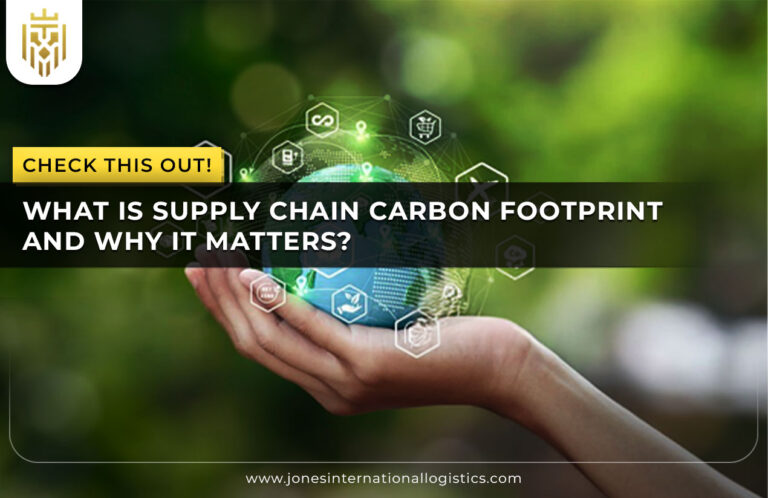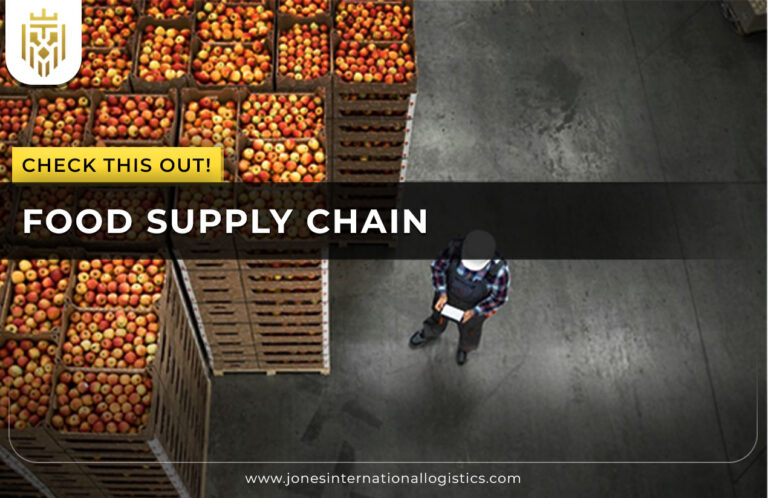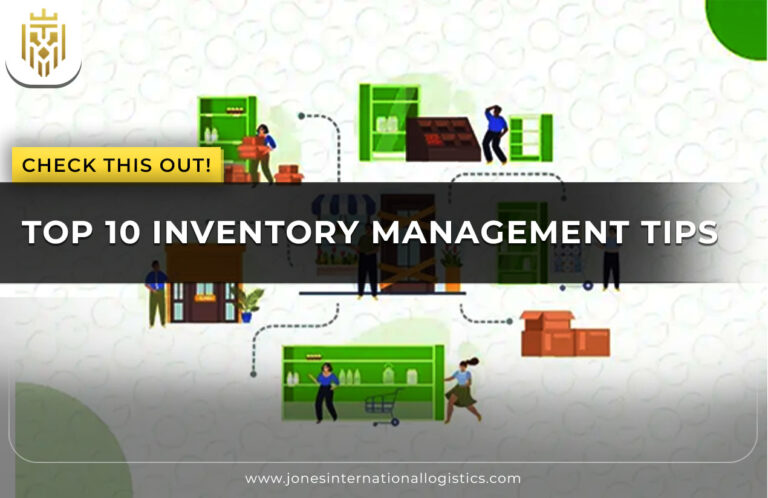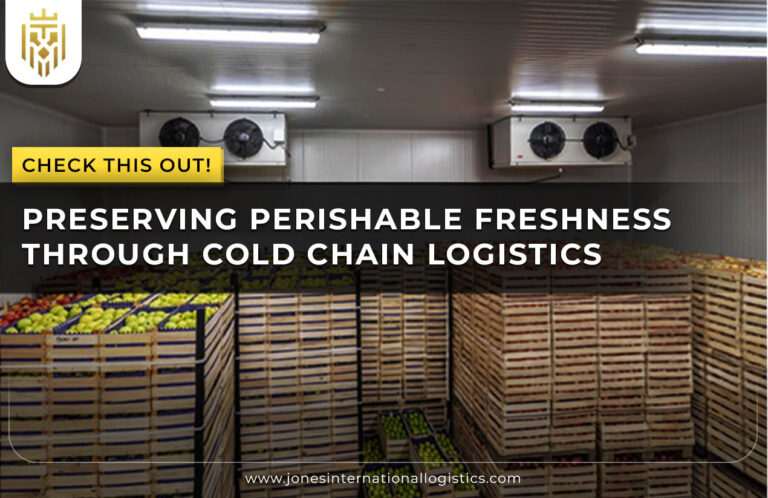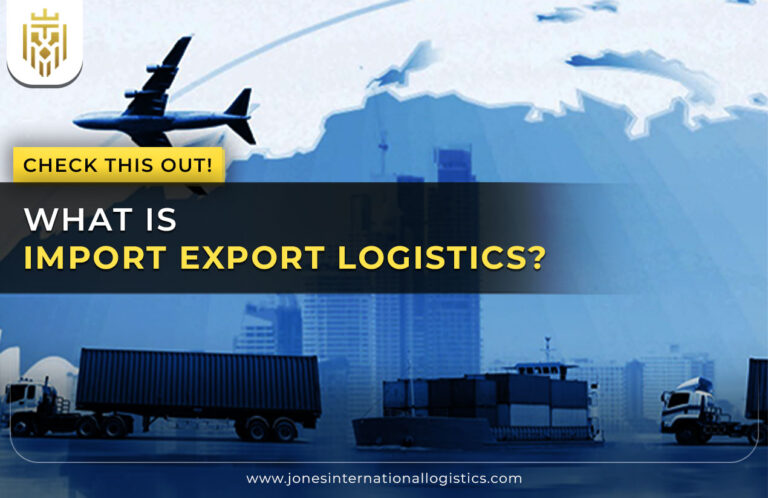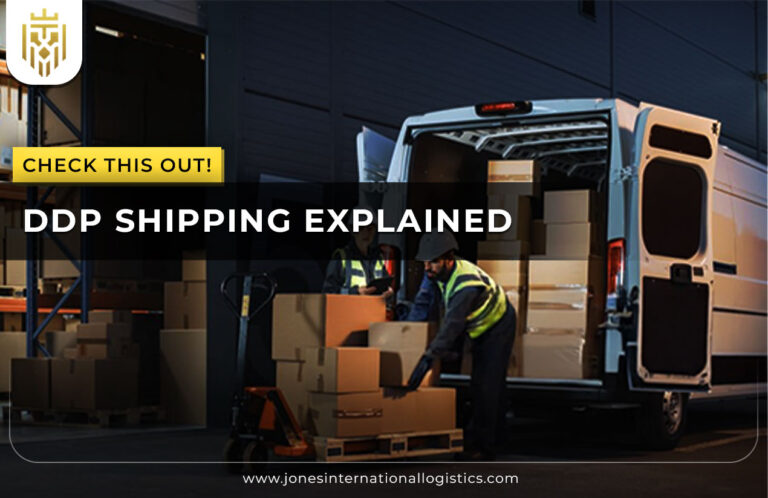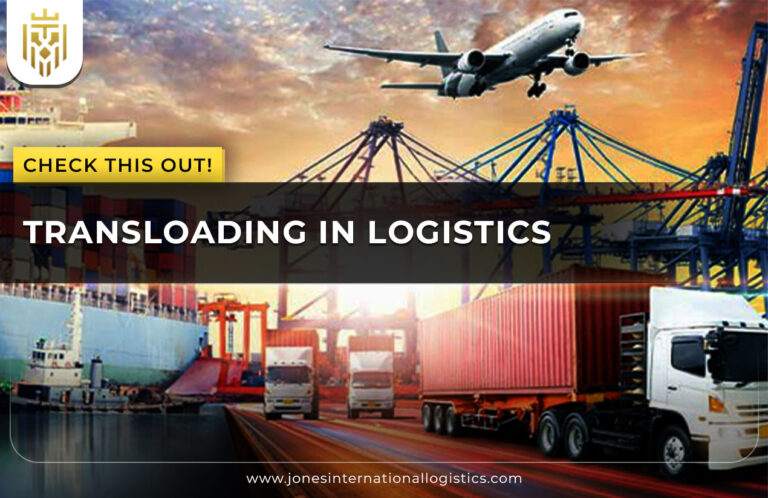What Is Maritime Logistics?
Maritime logistics entails the organisation, shipping, and handling of products across seas and oceans. This being a critical part of international trade also acts to facilitate the timely transportation of cargo across continents by ensuring that the various international markets are well connected by use of the sea as a medium of transport.
The Importance of Sea Freight that Connects Continents and Keeps Supply Chains Flowing
Sea freight is very vital in maintaining the efficiency of the supply chain operating between continents. It provides the cheap potential to move bulk volumes of cargo, which contributes a lot to the growth of the maritime logistics industry and saves the pace of global trade with the help of trustworthy maritime transport systems.
What is the Importance of Maritime Logistics?
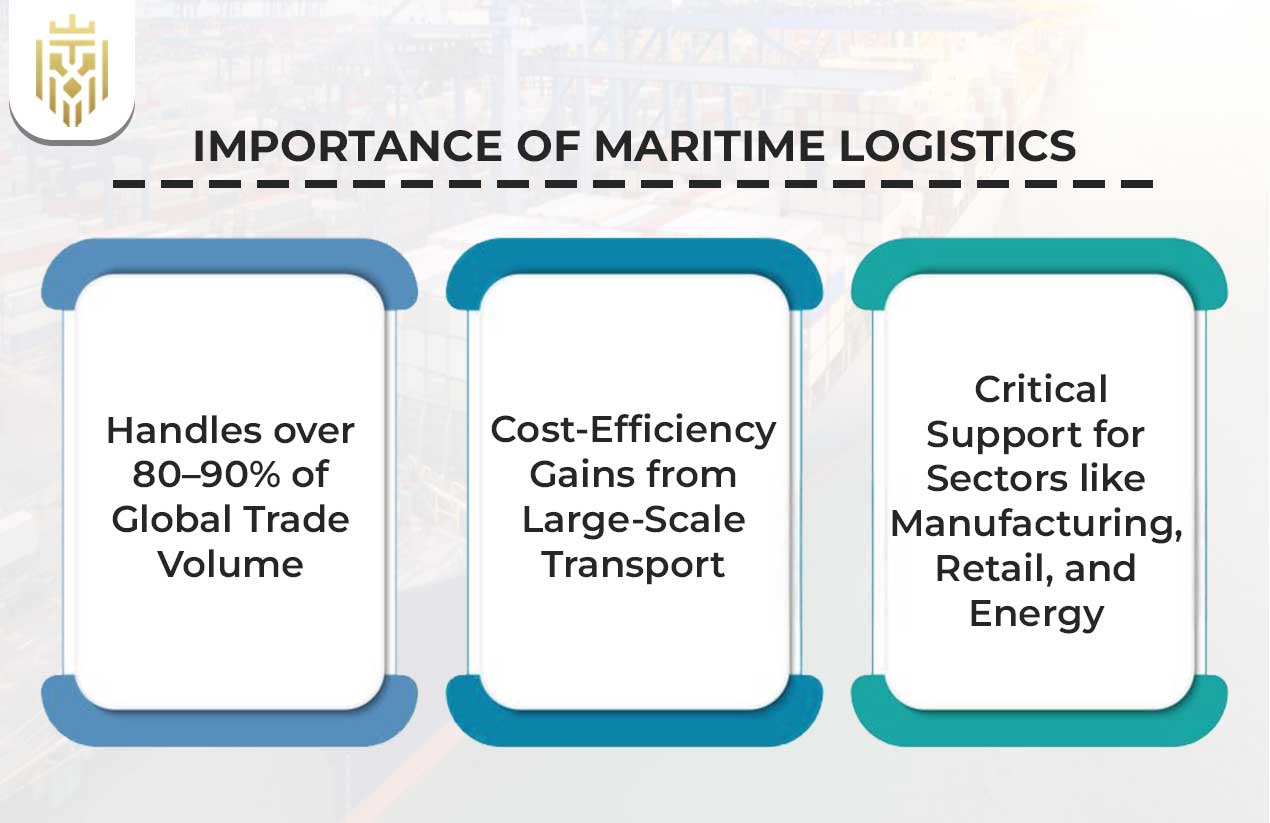
Maritime logistics is important because it promotes international maritime logistics through flexibility, reliability, and promptness of cargo transportation across seas. It continues to play an essential role in connecting the producers and the consumers across the globe, lowering transit expenses and enhancing well-established maritime logistics systems.
Handling Over 80–90% of Global Trade Volume
More than 80-90 percent of all international trade passes through the sea, and hence international maritime logistics cannot be ignored. Maritime logistics is one of the most effectual areas that transports bulky volumes of goods and has become a part of the core of economic development and global connectedness by use of reliable sea-based supply chains.
Cost-Efficiency Gains from Large-Scale Transport
The marine logistics industry gives significant cost benefits by enabling it to transport modest volumes of products. This scale reduces the cost per unit of transportation; thus, maritime transport is a very cost-effective method in the global trade and the global supply chain environment in general.
Critical Support for Sectors like Manufacturing, Retail, and Energy
Shipping is crucial in the manufacturing, retailing, and energy industries. It also makes raw material reach the time of deliveries and movement of finished goods. There is a specific significance of the maritime logistics as far as the support of these industries is concerned concerning the convenient logistic maritime strategies that reduce the costs of delaying.
Core Pillars of Maritime Logistics
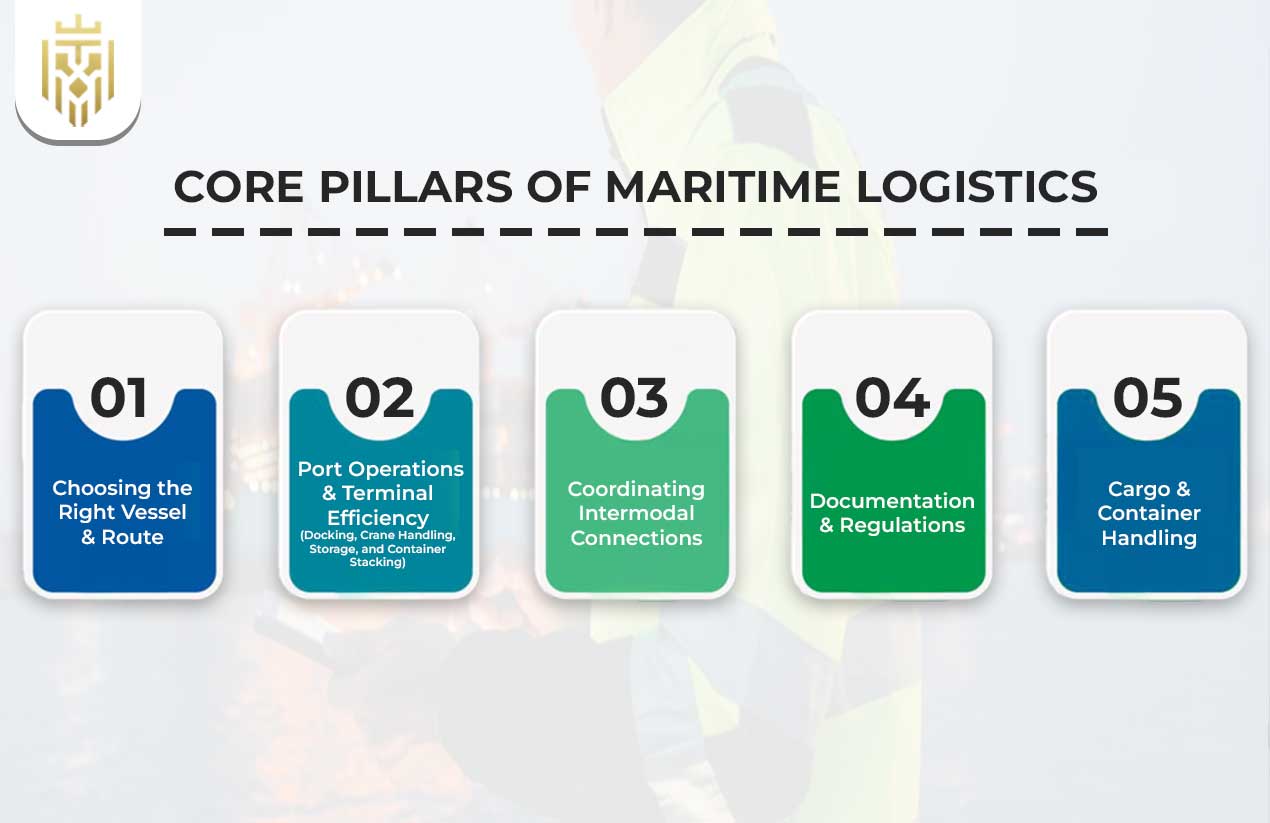
The fundamental principles of maritime logistics are vessel selection, the effective work of the port, customs, and convenient handling of the cargo. All of them are important elements to support the work of international maritime logistics and enhance the part of the world trade connection and to provide the smooth work of the supply chain.
Choosing the Right Vessel & Route
One of the key tasks in maritime logistics is the choice of vessel and route that will help to optimise delivery schedules and reduce expenses. This measure has a direct bearing on the effectiveness of maritime transportation and the roles it plays in facilitating the international shipping performance of various trade destinations.
Port Operations & Terminal Efficiency
Cross-sectoral efficiency in the port operations enhances the results of the logistics of the maritime industry in terms of reduced turnaround time and smooth course of cargo. Effective ports are paramount in facilitating fluidity in the supply chain and enhancing movement in the maritime logistics sector to major destinations of the global trade.
Docking
Docking is an inseparable component of maritime transportation that has effects on the entire shipping schedule. Good docking arrangements will facilitate the maritime logistics activities of unloading the ships at a fast rate so that the movement of goods in the international maritime logistics chain occurs with minimum delays.
Crane Handling
Crane operations develop maritime logistics because containers can be loaded or offloaded quickly and safely. This process plays a direct role in supporting the supply chain by lessening the wait time in ports, which is essential to ensuring that maritime logistics movements will be on time and cost-effective.
Storage
Maritime logistics cannot do without effective storage solutions in port terminals. Well-regulated storage eliminates delays and the congestion of cargo. These centres facilitate global maritime supply chains since they avail the commodities so that they can be easily transferred throughout the chain.
Container Stacking
Storage of containers lying in stacks is an efficient way of using space at ports, which improves maritime logistics. It is a vital approach towards managing a growing body of cargo, aiding the maritime supply chain industry as well as encouraging quick and systematic retrieval of cargo to make way for smooth global trade activities.
Coordinating Intermodal Connections
Optimisation in maritime logistics will be achieved through coordination of intermodal connections achieved by road, rail, and sea. Such a system would lead to the effective shift of cargo to different modes so that the reliability of supply chains would be improved, and the overall efficacy of international maritime logistics would be increased.
Managing Customs, Documentation & Regulations
Proper documentation and management of customs in the logistics sector of the Maritimes can help avert delays in shipping products. Dodging the cumbersome regulations in an effective manner enhances the international maritime logistic operations and directly aids the global trade activities by clearing goods on time.
Cargo & Container Handling
It takes a crucial role in the maritime logistics of any cargo and container handling. In this process, they conduct the secure and fast movement of goods between shipments and ports. It helps to support maritime logistics systems by decreasing the time that cargo spends in ports as well as enhancing responsiveness in its supply chain.
Measuring Performance in Maritime Logistics
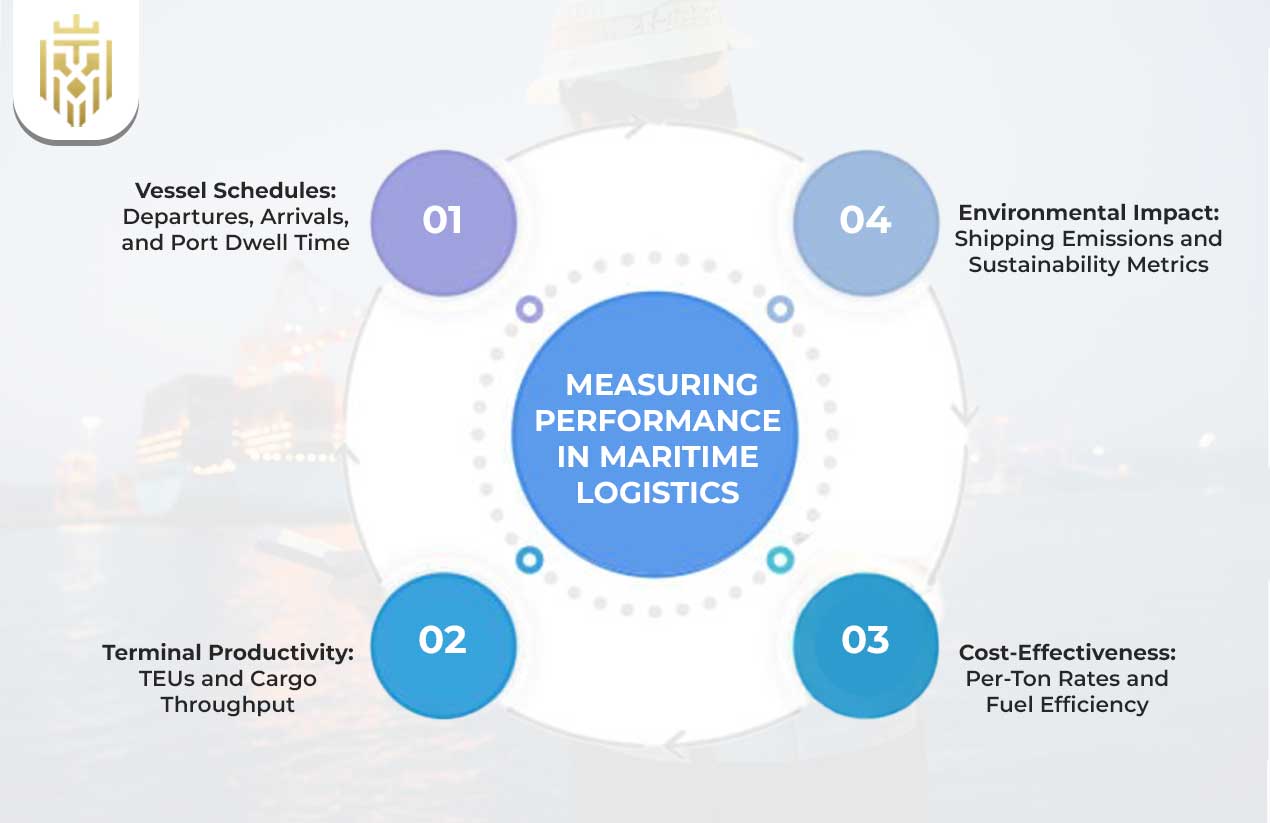
Performance measurement in maritime logistics covers the monitoring of vessel schedules, terminal productivity, cost efficiency, and environmental impact. These indicators make the operations stable, enhance the supply chain, and facilitate the expansion of international trade using efficient transportation.
Vessel Schedules: Departures, Arrivals, and Port Dwell Time
Vessel distributions and port dwellings are essential elements in maritime transport by providing accurate information on the time of vessel departure, arrival, and vessel dwell time at a port. Proper scheduling reduces the delayed deliveries, facilitates planning of operations, and enhances the flow of goods within the worldwide supply chain.
Terminal Productivity: TEUs and Cargo Throughput
One of the most important performance indicators in maritime logistics is terminal productivity measured in TEUs and throughput. Terminals that achieve high performance result in the reduction of congestion, improvement of operations, and direct influence on the effectiveness of logistics maritime networks internationally.
Cost Effectiveness: Per-Tonne Rates and Fuel Efficiency
The per-tonne rates and fuel efficiency are two of the main areas that should be managed to ensure that the maritime logistics are competitive. These are some of the indicators that shipping companies can use to keep the costs down and still provide inexpensive, sustainable options of transport to companies that are involved in cross-border trading.
Environmental Impact: Shipping Emissions and Sustainability Metrics
International maritime logistics depends upon sustainability metrics and the reduction of emissions. The environmental performance of the industry demonstrates the increase in the significance of maritime logistics when approaching climate targets and minimising its environmental impact.
How Is Technology Transforming Maritime Logistics?
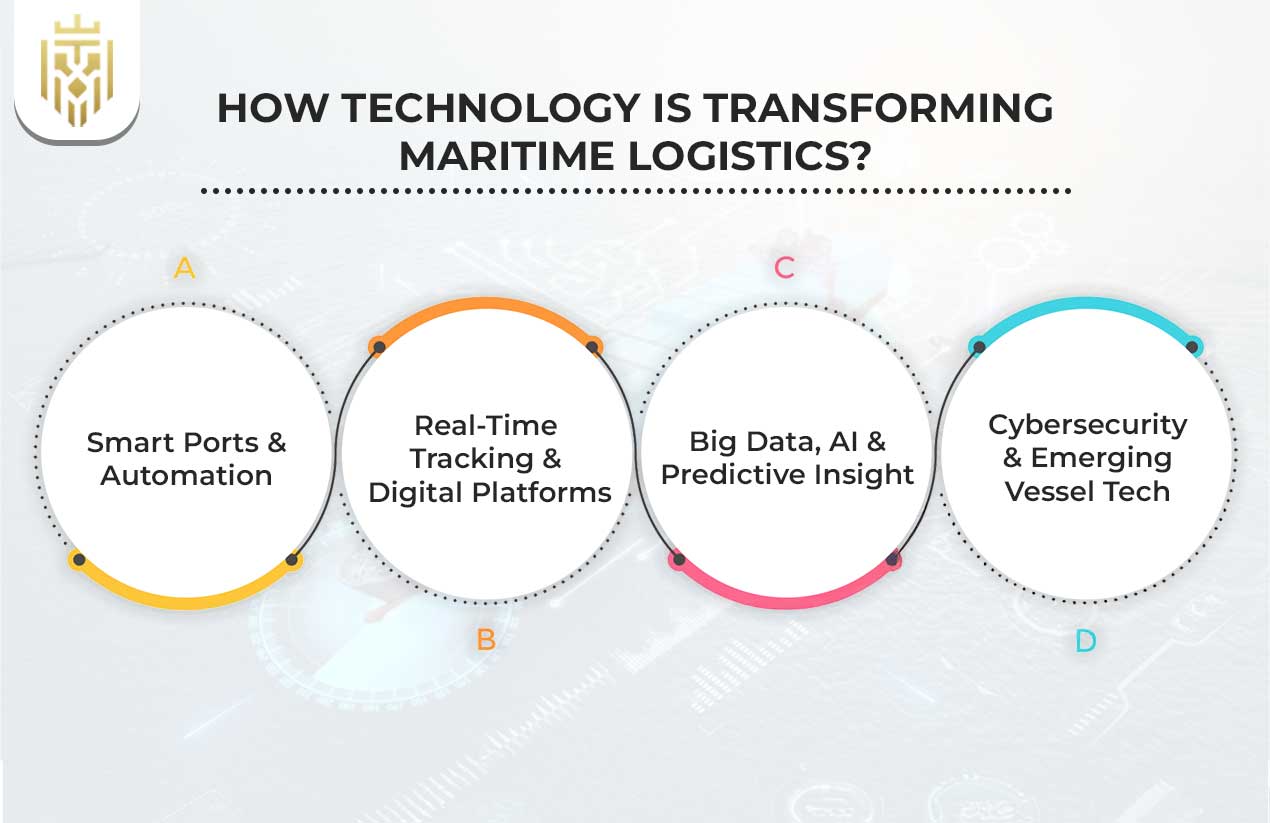
Smart ports, automation, real-time tracking, and AI insights are transforming maritime logistics in a new way. Such inventions have made it more efficient, less delayed, and safer to ship worldwide, to the extent of having the smooth movement of business cargo using maritime transportation.
Smart Ports & Automation
Maritime logistics are undergoing a revolution with the introduction of smart ports and automatisation, which increases efficiency and safety. Digital systems, automated cranes, and robotics ensure that cargo handling is optimised to make port operations quicker and help in building the resilience of performance of global supply chains.
Real-Time Tracking & Digital Platforms
Digital platform tracking and real-time tracking allow an end-to-end advantage in international maritime logistics. These technologies enhance operational planning and enable businesses to handle global shipments in an improved way through accurate cargo updates.
Big Data, AI & Predictive Insights
Predictive insights, big data, and AI are transforming maritime logistics by enabling the enhancement of forecasting and optimisation of routes. These technologies can cut down delays and inefficiencies, and maritime transport will be highly reliable and responsive to a variable global trade demand.
Cybersecurity & Emerging Vessel Tech
New vessel technologies and cybersecurity are critical to the protection of logistics maritime operations. Defending cyberspace can help avoid shocks and enhance the resilience of maritime logistics, which guarantees an uninterrupted movement of goods along the international routes.
Challenges Ships & Ports Face Today
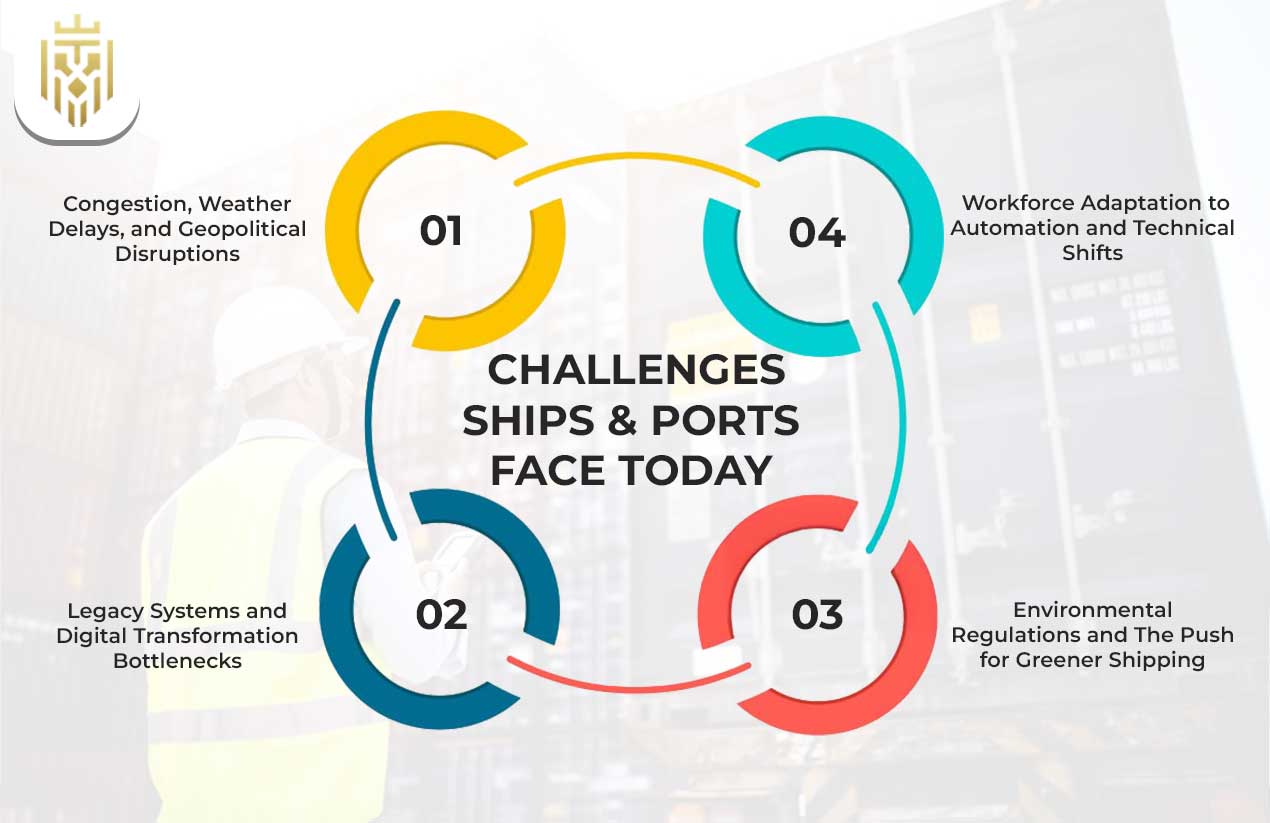
Challenges experienced by ships and ports include overcrowding, obsolescence, environmental standards, and labour adaptation. The maritime logistics industry would require tackling such problems to continue to provide stable services qualified to support robust, efficient global business operations in the supply chain.
Congestion, Weather Delays, and Geopolitical Disruptions
Weather delays, congestion, and geopolitical disruption affect maritime logistics greatly. The challenges may help postpone the shipments, destabilise the schedules, and weaken supply chains; therefore, they must be handled with proactive measures to support the stable transport activity.
Legacy Systems and Digital Transformation Bottlenecks
Legacy systems pose great challenges to the maritime logistics industry. Such bottlenecks make technological innovations slow, and hence the operational enhancement becomes delayed, and international maritime logistics networks are lagging in growth.
Environmental Regulations and the Push for Greener Shipping
The more stringent policies on the environment are transforming maritime transport as the industry gravitates towards environmental initiatives. These shifts are associated with the need to use maritime logistics as the instrument of sustainable shipping without the breach of the standards of the global environmental level.
Workforce Adaptation to Automation and Technical Shifts
The maritime logistics workforce should adjust to the trend of automation. Training and upskilling are also important since they will enable employees to use advanced systems as well as play a role in enhancing the changing environment in the logistics system at sea.
Building Resilience & Sustainability at Sea
Maritime logistics is dependent on resilience and sustainability, which requires risk planning, green shipping projects, and smart port development. Through these activities, environmental impact lessens, international trade gets fortified, and sustainable growth gets guaranteed in the whole maritime logistics domain.
Risk Planning & Contingency Strategies
Contingency planning and risk management are key to resounding maritime logistics. Being ready to overcome interruptions such as unfavourable weather or port shutdowns goes a long way in protecting international trade and supply systems in the face of adverse circumstances.
Green Shipping Initiatives
Green shipping projects show the way international maritime logistics can minimise its impact on the environment. Fuel-efficient ship development, alternative energy development, and development of emission control all contribute to environmentally friendly activities in the maritime logistics sector.
Future-Ready Smart Ports
Future-proof smart ports are ones that are using automation, AI, and real-time data to increase efficiency in the maritime transport system. The ports are very instrumental in ensuring that the world shipping centres are geared towards accommodating more cargo as well as contemporary supply chain requirements.
Emerging Trends to Watch
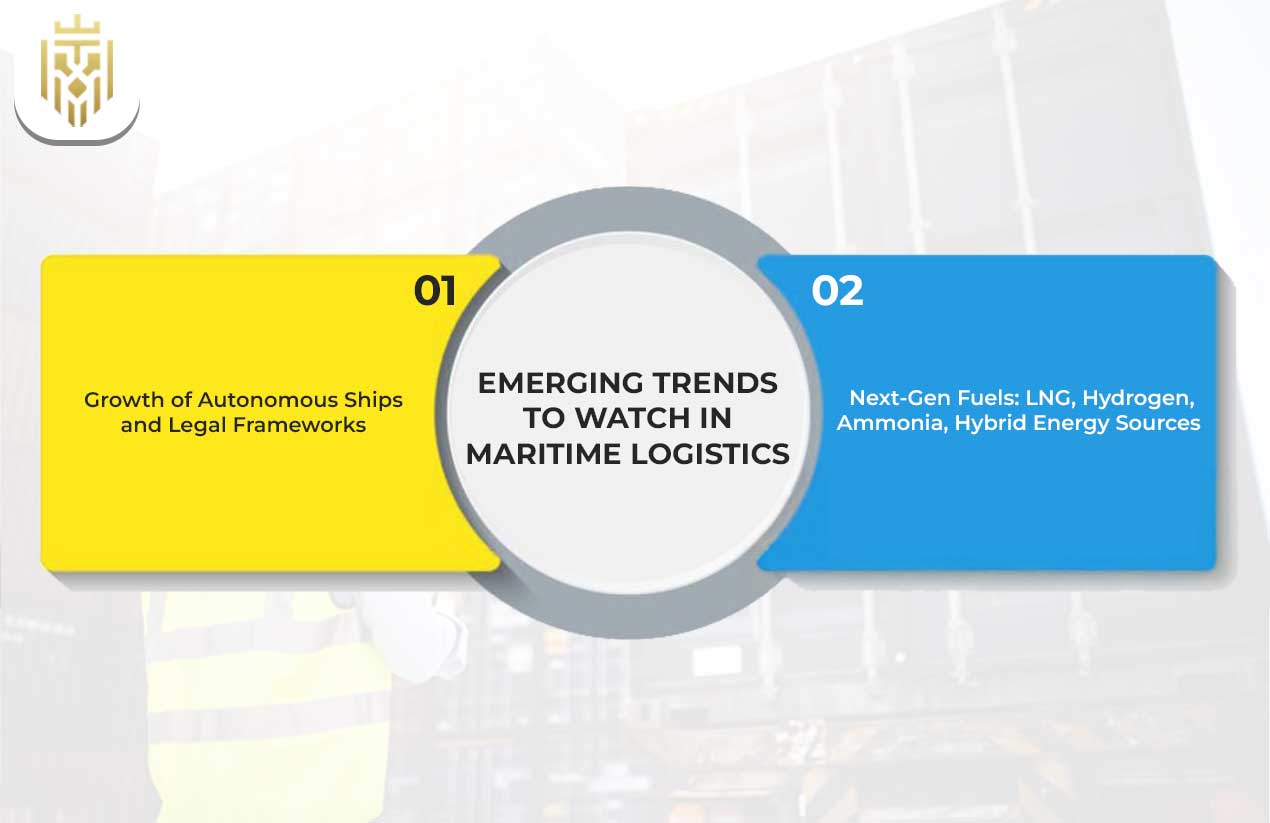
Maritime logistics described trends such as the advent of autonomous ships, next-generation ecosystems of smart ports, and next-generation fuels. The above developments bring into focus the role of maritime logistics in spurring innovation, improving sustainability, and the future of international shipping.
Growth of Autonomous Ships and Legal Frameworks
The developers of autonomous ships are transforming maritime transport and changing the legal frameworks. Such vessels will become safer and more efficient, and the logistics industry in the maritime segment can focus on technological development and the increased predictability of operations across the whole world.
Expanded Smart-Port Ecosystems and Digital Twins
Ports are transformed with smart-port ecosystems and digital twins. These novelties promote predictive maintenance, cargo flow, and supply chain robustness, thus transforming maritime shipping operations in the area of logistics to be not only more nimble than any other industry but also data-driven.
Next-Gen Fuels: LNG, Hydrogen, Ammonia, Hybrid Energy Sources
The use of new non-polluting green energy systems such as LNG, hydrogen, and ammonia-based energy, and hybrid systems is part of future sustainable maritime logistics. Its use minimises emissions, increases energy efficiency, and increases the significance of maritime logistics in meeting global climate goals.
Real-World Maritime Logistics in Action
Global physical maritime logistics innovations encompass automation trials, 5G logistics, and renewable fuels. These programs indicate how the maritime logistics sector is transforming to satisfy worldwide demands and reflect an improved efficiency and an environmentally compatible performance.
Automation Pilots at Leading Global Ports
The process of automation pilots at the leading ports illustrates the changing dimension of international maritime logistics. They include automated cranes and autonomous vehicles that have been tested to demonstrate how technology can achieve efficiency, reduce inefficiency, and eliminate backlogs in shipping across the world.
5G-Enabled Coordination of Ships and Port Vehicles
The introduction of 5G is the addition of the coordination of ships and port vehicles and innovates the logistical operations of maritime collective transportation. Live connections enhance the efficiency in handling cargo, enhance security, and provide quick and reliable services that uphold the need of universal trade.
Renewable Fuels and Decarbonisation Projects in Shipping
Renewable fuels and decarbonisation projects will have a crucial role in defining how maritime logistics can be shaped in the future. Programs that touch on space fuels prove how maritime logistics is important in influencing environmental progress and shipping green footprints.
Conclusion
Technology, sustainability, and partnership are the forces that are shaping the future of international maritime logistics. By adopting innovation and seeking solutions to any problems worldwide, the maritime logistics sector is now stable, and with efficient transportation, the world of global commerce would remain smooth and enhance the whole supply chain.
FAQs
1) What is maritime logistics?
Maritime logistics is the operation of prioritising, overseeing the administration, and executing the supply of goods using the sea. It interconnects shipping, port activities, and supply chain activities to provide an efficient, cost-effective, and reliable transportation of cargo across international waters.
2) How is maritime logistics different from maritime transportation?
Maritime transport specifically means the actual transport of goods over water. Maritime logistics, by contrast, covers transport and auxiliary activities such as documentation, port operations, route scheduling, and interfacing with the international supply chain.
3) What is the difference between liner shipping and tramp shipping?
Liner shipping performs on set timetables and destinations, and cargo is transferred on a routine basis between ports. Tramp shipping offers just-in-time services, which are flexible, and goods are moved to the extent that they are often required for bulk products without stipulated schedules.
4) How can the maritime industry reduce environmental impact?
Green shipping programs, efficient fuel use, heavy fuel alternatives, such as LNG or hydrogen, operational efficiency, and compliance with international regulations, as well as targets to reduce emissions, are a few ways that maritime logistics can minimise its impact on the environment.
5) Are autonomous vessels a reality yet?
Unmanned autonomous vessels are on the horizon but not in use yet. Testing is being conducted around the world, and there is potential that autonomous vessels will have a positive impact on improving safety, lowering the cost, and redefining international maritime logistics, but full-scale commercial availability is being developed.

